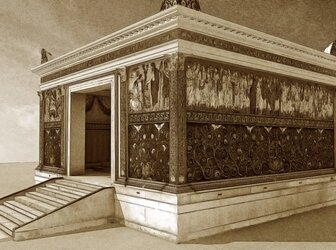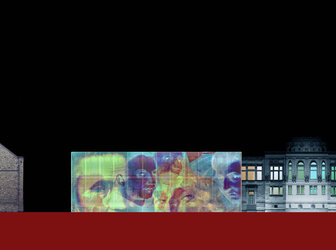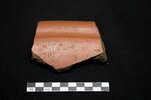Solak 1: a Model of Predictive Archaeology
The Kingdom of Urartu, located in present-day Armenia, rose to power in the second half of the 9th-century BCE and gradually declined until its fall in the second half of the 7th-century BCE. Multidisciplinary experts from several countries and the discovery of extraordinary, ...
Read more
Project details
| Title: | Solak 1: a Model of Predictive Archaeology |
|---|---|
| Entr. year: | 2019 |
| Result: | Award |
| Country: | Italy |
| Category type: | results of research |
| Notes: | Armenian-Italian collaboration of experts. |
| Architect / Proj.leader: | Artur Petrosyan (Institute of Archaeology and Ethnography of the National Academy of Sciences, Republic of Armenia – IAE NAS RA) Roberto Dan (ISMEO – International Association of Mediterranean and Oriental Studies/Tuscia University) |
| The Jury's citation: | This research is the fruit of a multidisciplinary international cooperation on Urartian heritage which has been under-researched to date. It is an excellent example of achieving an outstanding outcome with limited resources. This Armenian-Italian collaboration of experts highlights a cultural continuum from the ancient times to the present, making antiquities not an alien component but an integral part of the life of communities. This is evidenced by the selection of the Solak 1 site as part of the first archaeological park in Armenia. This project has provided training in the field and in scientific research, ensuring the sustainable management and development of heritage protection in the region. |
| GPS: | 40.46361 N; 44.7086 E |
| Web, Links: | www.ismeo.eu/portfolio_page/archaeological-mission-to-south-caucasus/ |
Description:
The Kingdom of Urartu, located in present-day Armenia, rose to power in the second half of the 9th-century BCE and gradually declined until its fall in the second half of the 7th-century BCE. Multidisciplinary experts from several countries and the discovery of extraordinary, previously unknown archaeological findings related to the Urartians have enriched the knowledge of this important civilisation. The Kotayk Survey Project (KSP) applied predictive models and modern tools to identify more than 100 sites in the region of Kotayk, dating from prehistory to the Middle Ages. The model, developed through GIS software, led to the discovery of the Solak 1 Fortress. The Fortress is the first of its kind to be found in the area and fills an important gap in the known settlement pattern of Urartu. It has now been excavated adopting a scientific methodology of stratigraphic excavation. During the Solak 1 excavations, the archaeologists collaborated with experts in a range of disciplines including archaeobotanists, archaeozoologists, anthropologists, chemists, architects, topographers and museologists. The archaeological work was implemented by a team of experts from Armenia, Italy, Iran, the United States and the Czech Republic. The setting up of an eco-archaeological park is planned for the next phase. This includes the construction of exhibition routes, accommodation facilities and other tourist infrastructure. In this way, the sites will promote sustainable tourism, benefitting the local economy and guaranteeing its transmission to future generations. A small nation with remarkable cultural heritage, the Kotayk Survey Project is of immense importance to the field of archaeology in Armenia. This is thanks to both the high-quality survey methodologies used and to the initiative to create the first archaeological park in the Southern Caucasus. All research activities have been conducted in close collaboration with local institutions and scholars. Particular attention has been paid to the training of local staff and skilled workers through courses and field activities, as well as the scientific training of students coming from Armenian universities and academies.
Similar projects




13th century


















